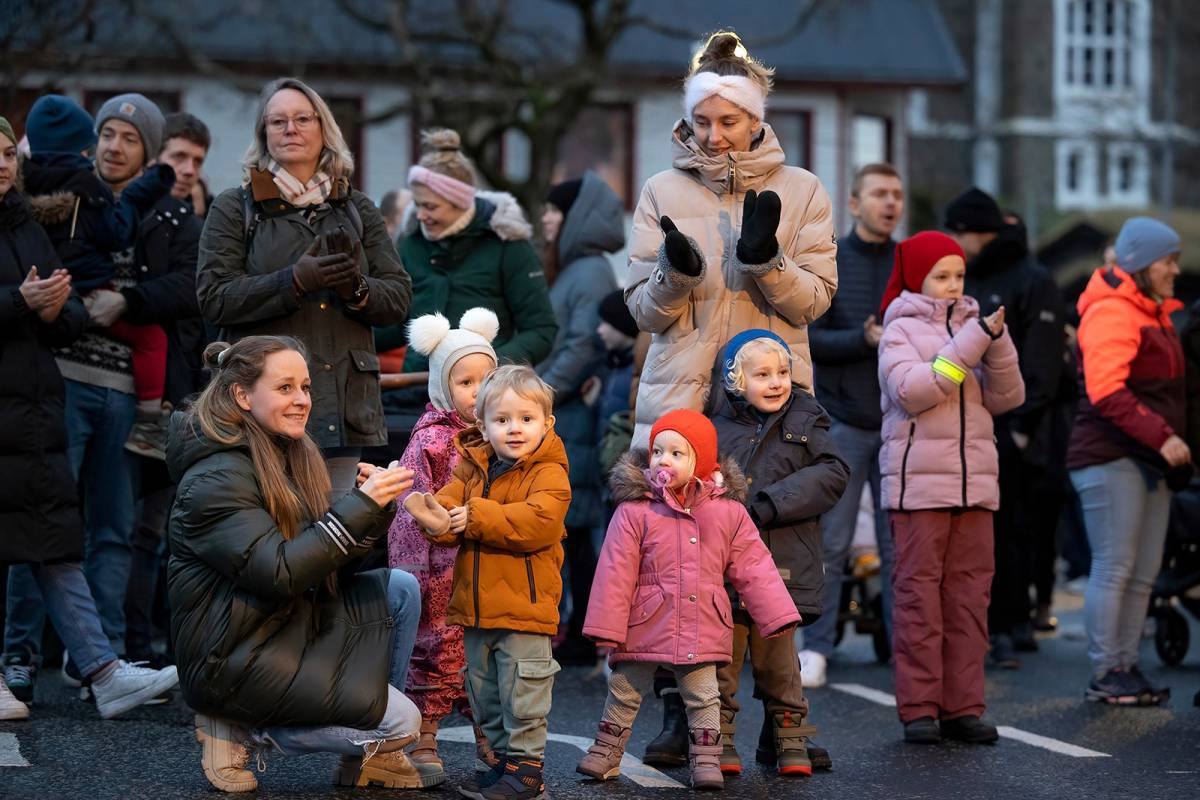Population
11. Dec 2023
Population on 1 November: 54,557

The moderate population growth seen in recent years continues.
[px-graph-3]
The population trend is determined by net migration (the difference in the number of immigrants and emigrants) and the excess of live births over deaths. The population growth in the past year comes from an excess of births of 196 people and a net migration figure of 349 people.
The table below shows that, compared to the previous 12-month period, the excess of births has increased more than net migration has decreased, resulting in a slightly higher population growth.
Not much change in migration
The graph below reveals a slight decrease in both immigration and emigration, which have exhibited an unusual degree of correlation over the past three years. As a result, net migration has remained relatively steady over this period, despite changes in the figures for immigration and emigration. The immigration figure surged up until last summer, matching the level recorded at the start of the century. Meanwhile, the emigration figure reached the same level as before the population growth began ten years ago.
[px-graph-3]
Fewer births, fewer deaths
The trends in the graph below show that last year’s unusually high death rate has now returned to its previous level. The monthly birth rate has been on a slow decline since 2020 and is currently at 2015 levels. The slow decline in birth rates along with the substantial drop in death rates have resulted in a significantly higher excess of births than last year.
[px-graph-4]
Non-Danish citizens boost population growth
The composition of citizens added to the Faroese population has changed significantly. Five years ago, Danish citizens made up two-thirds of the population growth. In the past year, two-thirds of this growth consisted of Asian and non-Nordic EU citizens.
[px-graph-5]
Highest growth in the largest municipalities
Thirteen of the country’s 29 municipalities boast populations of more than 1,000 inhabitants. Of these 13, Tórshavn and Klaksvík saw the highest population growth in the past year, while Nes had the highest percentage growth. The following three of these 13 municipalities experienced a population decline: Tvøroyri, Sørvágur and Vágur.
Of the 16 municipalities with fewer than 1,000 inhabitants, Sandur and Eiði enjoyed the highest growth, while Hvalba and Porkeri saw the biggest decline.
The table below shows the population across all 29 municipalities, with details for each town and village on 1 November 2022 and 1 November 2023.
[px-graph-4]
Population figures have a one-month lag
The figures have a one-month lag due to delays in registrations, especially regarding address changes, where many registrations are made after the month of address change has ended. To accommodate as many corrections as possible, there is a one-month lag in the data.
About the population figures
The population is defined as all individuals registered in the national register as residents of the Faroe Islands. Population data includes date of birth, gender, place of birth, citizenship, relationship status, and, where applicable, information on immigration and emigration, domestically as well as between the Faroe Islands and other nations.
About the trend
The trend describes the population trend by adjusting for seasonal effects and other error components in the population figure.